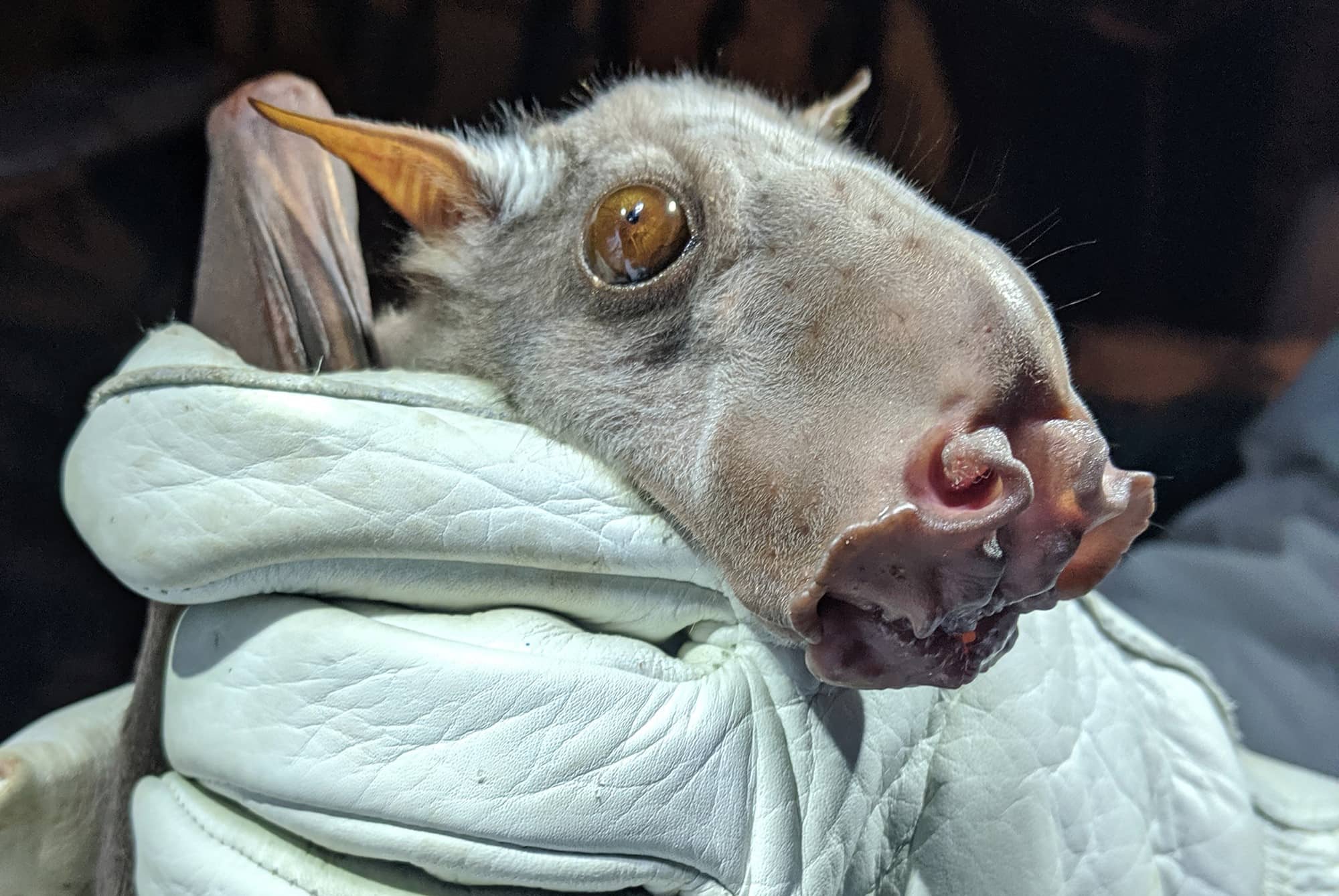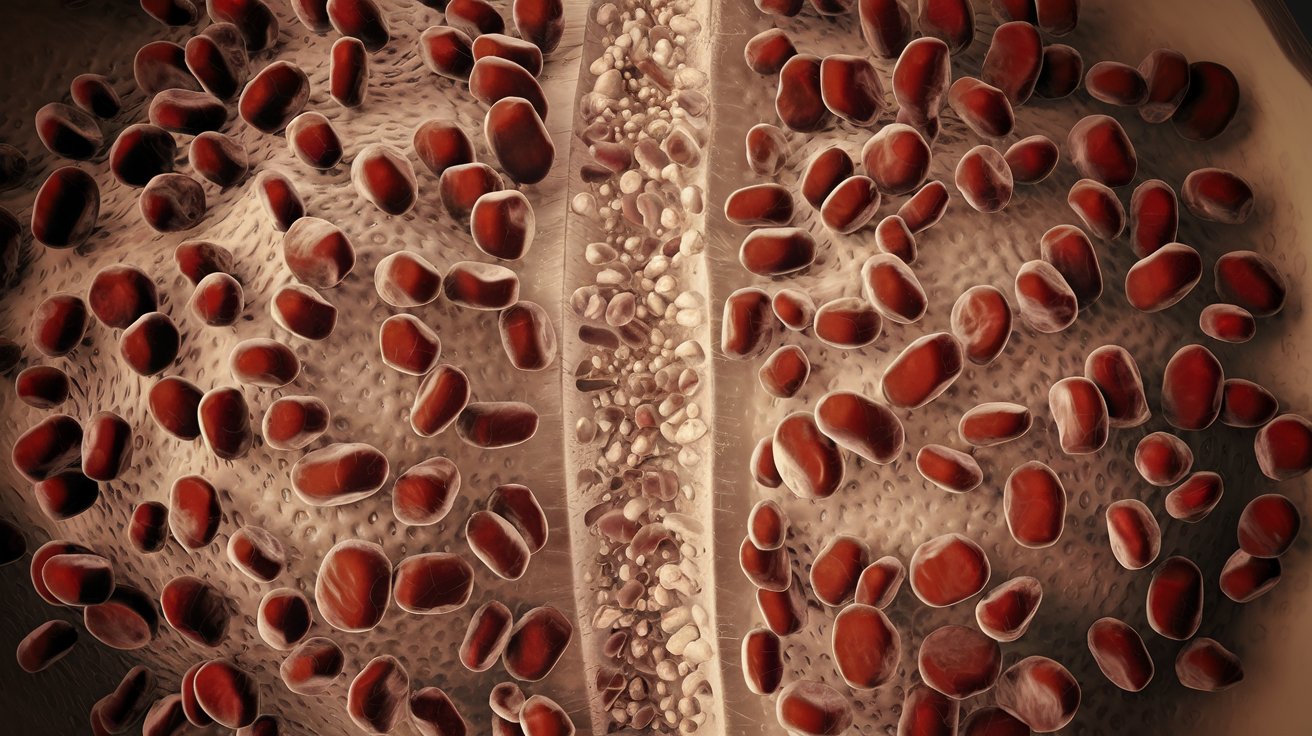
Harlequin Ichthyosis is a rare genetic disorder that affects the skin, making it thick and covered with large, diamond-shaped scales. But what exactly is Harlequin Ichthyosis? This condition is caused by mutations in the ABCA12 gene, which plays a crucial role in skin development. Babies born with this disorder have hard, armor-like plates of skin that can crack and split, leading to severe infections and other complications. Despite its rarity, understanding Harlequin Ichthyosis is important for raising awareness and supporting affected families. In this blog post, we'll explore 37 intriguing facts about Harlequin Ichthyosis, shedding light on its causes, symptoms, treatments, and the lives of those who live with it.
Key Takeaways:
- Harlequin Ichthyosis is a rare genetic disorder causing thick, hard skin. It can be life-threatening, but with early diagnosis and proper care, individuals can lead fulfilling lives despite the challenges.
- Ongoing research offers hope for better treatments. Famous cases and awareness efforts have increased understanding and support for those affected by Harlequin Ichthyosis.
What is Harlequin Ichthyosis?
Harlequin Ichthyosis is a rare genetic disorder affecting the skin. Babies born with this condition have thick, hard skin covering most of their bodies. This disorder can be life-threatening, especially in the first few weeks of life. Here are some fascinating facts about Harlequin Ichthyosis.
-
Harlequin Ichthyosis is caused by mutations in the ABCA12 gene. This gene is crucial for skin development and function.
-
The condition gets its name from the diamond-shaped scales that resemble the costume of a harlequin clown.
-
Harlequin Ichthyosis is an autosomal recessive disorder. Both parents must carry the gene mutation for a child to be affected.
-
The thick skin plates can restrict movement, making it difficult for newborns to move their limbs.
-
Babies with this condition often have distorted facial features due to the tight skin.
Symptoms and Complications
Understanding the symptoms and complications of Harlequin Ichthyosis can help in managing the condition better. Here are some key points to note.
-
The thick skin can crack and split, leading to severe infections.
-
Infants with Harlequin Ichthyosis often have difficulty regulating their body temperature.
-
The condition can cause problems with feeding due to restricted mouth movement.
-
Respiratory issues are common because the tight skin can restrict chest expansion.
-
Eye problems, such as ectropion (outward turning of the eyelids), are frequent due to the tight skin around the eyes.
Diagnosis and Treatment
Early diagnosis and treatment are crucial for improving the quality of life for those with Harlequin Ichthyosis. Here are some important facts about diagnosis and treatment.
-
Prenatal diagnosis is possible through genetic testing if there is a known family history.
-
After birth, the condition is usually diagnosed based on the appearance of the skin.
-
Immediate medical care is essential to manage infections and other complications.
-
Moisturizing creams and ointments are used to keep the skin soft and flexible.
-
Antibiotics are often necessary to treat and prevent infections.
Living with Harlequin Ichthyosis
Living with Harlequin Ichthyosis presents unique challenges, but many individuals lead fulfilling lives. Here are some insights into daily life with this condition.
-
Regular baths and skin care routines are essential to manage the condition.
-
Special clothing and bedding can help reduce skin irritation.
-
A balanced diet and hydration are crucial for overall health.
-
Physical therapy may be needed to improve mobility and flexibility.
-
Psychological support is important for both the affected individuals and their families.
Research and Advances
Ongoing research and medical advances offer hope for better treatments and outcomes. Here are some exciting developments in the field.
-
Gene therapy is being explored as a potential treatment for Harlequin Ichthyosis.
-
Advances in neonatal care have significantly improved survival rates.
-
Researchers are studying the role of the ABCA12 gene in skin barrier function.
-
New moisturizing and barrier creams are being developed to improve skin care.
-
Support groups and organizations are working to raise awareness and funds for research.
Famous Cases and Awareness
Awareness about Harlequin Ichthyosis has increased due to media coverage and famous cases. Here are some notable mentions.
-
Ryan Gonzalez, born in 1986, was one of the first individuals with Harlequin Ichthyosis to survive into adulthood.
-
Nelly Trecourt, a French girl, has been featured in documentaries highlighting her life with the condition.
-
The condition was first described in medical literature in 1750.
-
Social media has played a significant role in raising awareness and connecting affected families.
-
World Ichthyosis Day, observed on May 9th, aims to increase awareness and support for those with the condition.
Support and Resources
Support and resources are vital for families and individuals affected by Harlequin Ichthyosis. Here are some helpful resources.
-
The Foundation for Ichthyosis & Related Skin Types (FIRST) provides support and information.
-
Online forums and social media groups offer a platform for sharing experiences and advice.
-
Genetic counseling can help families understand the risks and implications of the condition.
-
Specialized dermatologists and pediatricians play a crucial role in managing the condition.
-
Educational resources are available to help schools and communities support affected children.
Inspirational Stories
Despite the challenges, many individuals with Harlequin Ichthyosis lead inspiring lives. Here are some uplifting stories.
-
Hunter Steinitz, a young woman with Harlequin Ichthyosis, has become a motivational speaker and advocate.
-
Rebekah Lawrence, another individual with the condition, has written a book about her experiences to inspire others.
Final Thoughts on Harlequin Ichthyosis
Harlequin Ichthyosis is a rare genetic disorder that affects the skin, causing it to become thick and hard. This condition, caused by mutations in the ABCA12 gene, leads to severe complications, including difficulty in breathing, eating, and regulating body temperature. Despite the challenges, advancements in medical care have improved the survival rate and quality of life for those affected. Early diagnosis and specialized care are crucial for managing symptoms and preventing infections.
Raising awareness about Harlequin Ichthyosis helps foster understanding and support for individuals and families dealing with this condition. By learning more about it, we can contribute to a more inclusive and compassionate society. Remember, every bit of knowledge shared can make a difference in someone's life.
Frequently Asked Questions
Was this page helpful?
Our commitment to delivering trustworthy and engaging content is at the heart of what we do. Each fact on our site is contributed by real users like you, bringing a wealth of diverse insights and information. To ensure the highest standards of accuracy and reliability, our dedicated editors meticulously review each submission. This process guarantees that the facts we share are not only fascinating but also credible. Trust in our commitment to quality and authenticity as you explore and learn with us.


